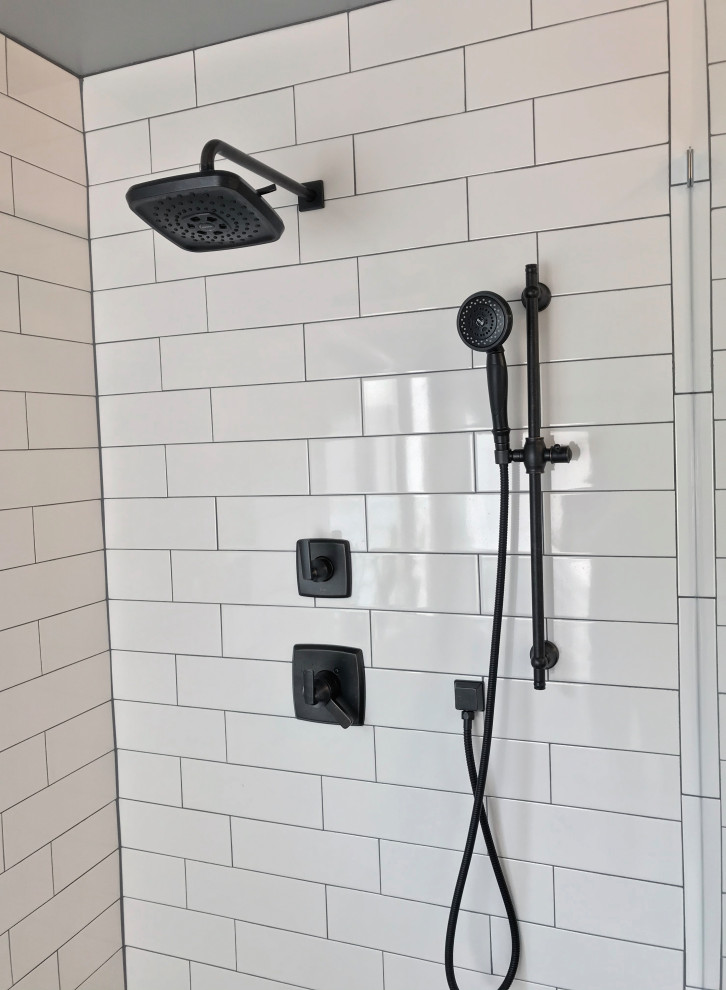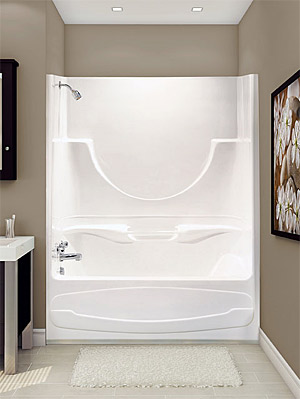5 Solutions to Acrylic Shower Room Problems
5 Solutions to Acrylic Shower Room Problems
Blog Article
{Visit Page Presented here down the page you might get more reliable advice concerning Hiring a Plumbing Company. We recommend that you clean your acrylic bathing product made of Delta ProCrylic or Acrylic with Innovex Technology with non-abrasive soaps and cleaners, such as: When it’s time to clean, always use a terry cloth towel, soft cloth or sponge to avoid scratching the acrylic surface. Don’t use abrasive scrubbing pads, steel wool or sponges, cause permanent damage to the acrylic material. If you use a drain cleaner or clog remover, be sure to rinse thoroughly with water so no product is left standing near the drain. Some chemicals and cleaners may deteriorate acrylic surfaces, causing cracks and, potentially, property damage. To avoid this, don’t use cleaning products that state on their label that they are not suitable for use on Acrylic, ABS, Polystyrene or Plastic. Be sure to check the label of any product before you apply it to the surface; it’s easier to avoid damage than to try to remedy it. Chemicals we do not recommend using to clean acrylic showers/tubs: When you’re ready to apply sealant, a little planning goes a long way. Pick up some painter’s tape and use it to mask off the seam to help make cleaning up easier. When you’re applying the bead, use a constant, steady speed to avoid an uneven finish. Use a caulk tool or a plastic spoon to work the sealant into the joint. Wetting the tool with denatured alcohol will help create a smooth finish. Follow the directions on the back of the tube for cure time. Certain chemicals and cleaners may deteriorate acrylic surfaces, causing cracks and, potentially, property damage. After you’re finished applying it, clean up the product surface and remove any excess sealant with denatured alcohol. Don’t use solvents (turpentine, lacquer thinner, mineral spirits, paint thinner, MEK, xylene, acetone, naphtha, etc.) that can wreak havoc on an acrylic surface. With a little care and consideration, you can prevent damage to your acrylic shower or tub. Keep a supply of soft cloths handy and remove any damaging products or abrasive scrubbing items from the bathroom to ensure they aren’t around when it’s time to clean. https://www.deltafaucet.com/design-innovation/inspiredliving/how-to-clean-acrylic-shower I recently found that blog entry about Finding the Right Plumbing Expert when doing a lookup on the web. Make sure you take the time to distribute this article if you enjoyed reading it. Thanks a bunch for your time. Please check our website back soon.
Acrylic bathrooms, shower trays, and various other acrylic bathroom ware have actually become extra common in washrooms in current times. Not as resilient and also classy as enamel as well as porcelain bathrooms and also fixtures, they are much more affordable as well as serve pretty much the same basic function. Some typical instances of damages to acrylic bathroom fixtures consist of staining, fractures, openings, etc.Scratched shower or bathroom surface
Acrylic restroom components are not abrasion-resistant like enamel varieties. They are extra prone to scratches and less durable. Being a really soft product, acrylic scrapes can also be concealed without finish or filling. For these, you should look for specialist assistance for your bath repair work. As an avoidance idea, avoid making use of rough sponges when cleansing. Instead, you should utilize a simple fluid cleanser with a soft pad.Chain reaction
Sometimes, people try to paint the whole surface of their acrylic bath by themselves either since they do not such as the color to conceal imperfections. You need to never ever utilize paint cleaner on acrylic baths. Paint eliminators do not respond with the surface area of steel baths, they destroy acrylic bathrooms irreversibly.Bathroom Discoloration
With extended usage of acrylic baths comes discoloration or discoloration. While some stains can be gotten rid of quickly, using unique chemicals, others call for that the bath be resprayed. Aromatherapy oils loosen up the dust in some cases consequently restoring the bath to its former magnificence.Fractured Polymer Baths
The life-span of acrylic as well as fiberglass baths is up to 15-20 years for shower frying pans as well as baths, usually. Splits in an acrylic shower tray are probably amongst the easiest troubles to repair for a repair professional. This is the exact same for PVC, material, and also other such materials.
Polymer baths, shower trays, and also various other acrylic washroom ware have become more usual in restrooms in current times. You need to never utilize paint remover on acrylic baths. Paint cleaners do not respond with the surface area of steel baths, they ruin acrylic baths irreversibly. With extended use of acrylic bathrooms comes discoloration or staining. The life-span of acrylic and also fiberglass baths is up to 15-20 years for shower pans as well as bathrooms, usually.How to clean Acrylic shower
USE THESE NON-ABRASIVE CLEANERS
DO NOT USE THESE CLEANERS
Sealant Application Tips

Try Here